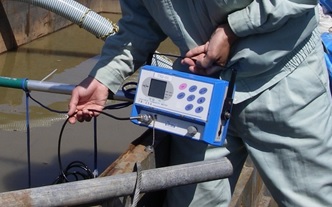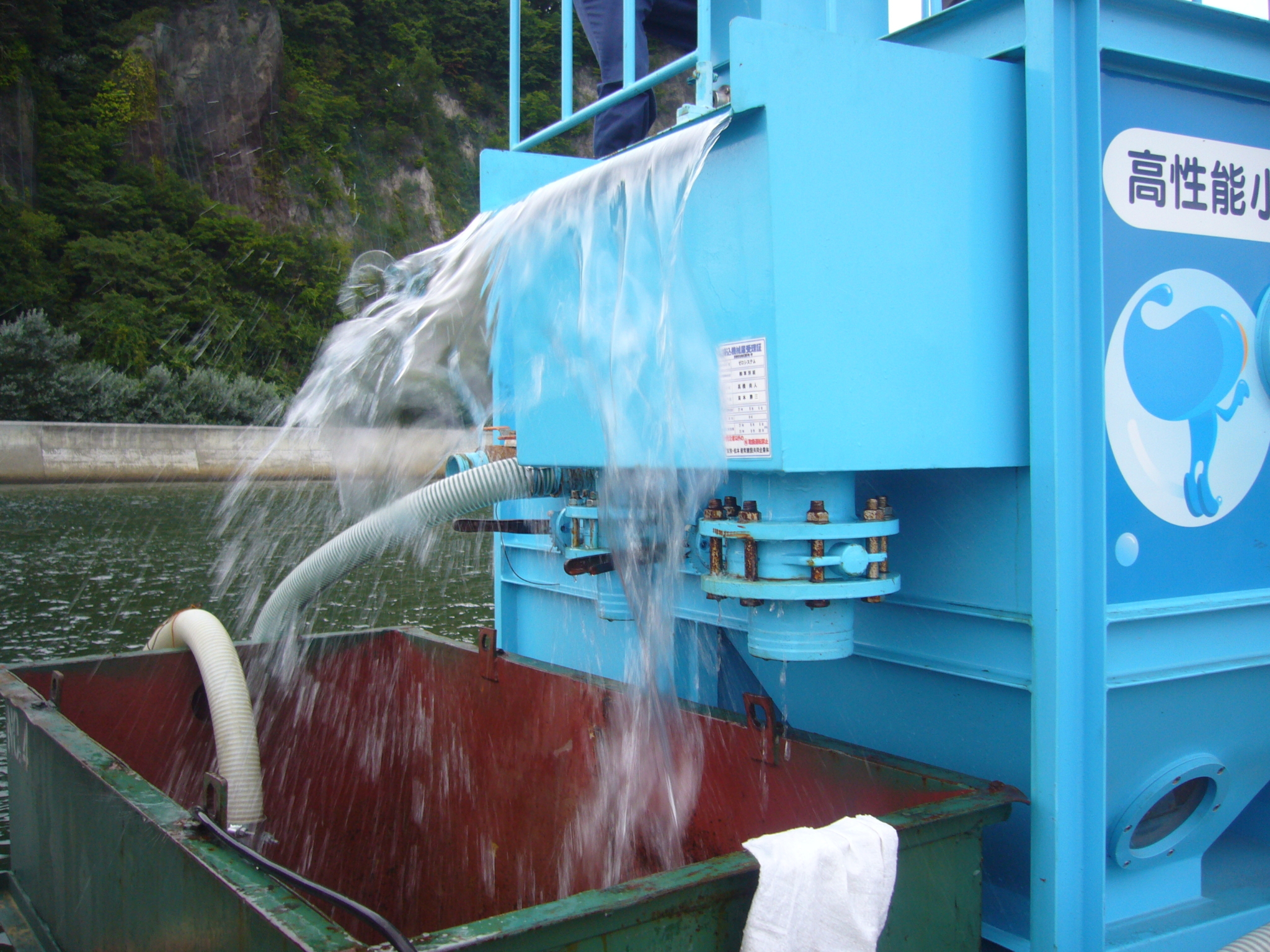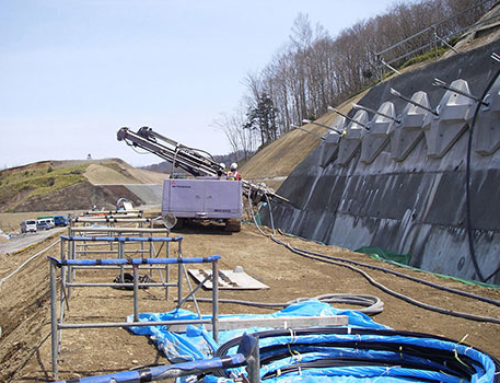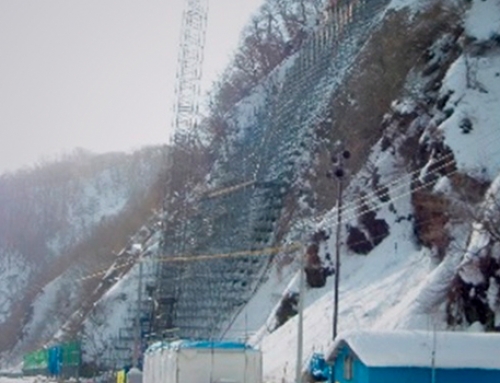Turbidity is an optical property that broadly describes the clarity or cloudiness of water. It is related to colour, but has more to do with the loss of transparency due to the effect of suspended particles and colloidal material.
Turbidity impacts on aquatic ecosystems by dispersing sunlight and reducing the oxygen concentration. It also affects photosynthesis as well as the respiration and reproduction of fish. Suspended particles also contribute to the adhesion of many heavy metals and other toxic compounds. Turbidity is considered a measure of water quality: the more turbid the water, the lower its quality.
Turbidity is measured in Nephelometric Turbidity Units (NTU) by a nephelometer or turbidimeter, which uses a photocell placed at an angle of 90° to a light source to measure the intensity of the light scattered when light passes through a water sample. Particle density is thus a function of the light reflected by the particles to the photocell.
According to the World Health Organisation (WHO), the turbidity of water for human consumption should not exceed 5 NTU, and ideally be below 1 NTU.
Closely linked to turbidity measurement, is the amount of solid matter present in water. This value is used as an indicator of water quality and is called suspended solids (SS). It is determined by evaporating or filtering a volume of water and weighing the resulting solids; the amount is usually expressed in mg/L.
KASETSU NIHON wastewater treatment systems can eliminate up to 99.9% of particulates in most cases.
We also supply nephelometers with our Japanese technology systems to measure water turbidity, either in batches or continuously; this helps to modify process parameters and dispense coagulant and flocculant optimally.










Leave A Comment